Quantum transport in ultracold atoms
Abstract:
Recent advance in cooling and trapping atoms has brought exciting quantum phenomena, including atomic Bose-Einstein condensate (BEC), superfluid, Mott insulator, and topological phases. One realistic yet ambitious goal is to use cold-atoms and optical potentials to simulate and complement electronic devices, and this leads to a thriving field called atomtronics. In contrast to electronic systems, cold-atoms are charge neutral and isolated from their environment. Moreover, strong quantum effects drastically alter transport properties of cold-atoms. I will first review breakthroughs in the study of quantum transport using various cold-atom systems and contrast theoretical descriptions from open- vs. closed- system approaches. Then I will discuss the question of whether quantum memory effects can arise in simple, isolated, and noninteracting systems. Although a lack of competing time scales commonly results in a negative answer, I will show that an affirmative answer can be found in cold-atom systems by utilizing geometrical effects of optical lattices.
Reference: C. C. Chien, S. Peotta, and M. Di Ventra, “Quantum transport in cold atoms”, Nat. Phys. 11, 998 (2015). C. Y. Lai and C. C. Chien, “Geometry-induced memory effects in isolated quantum systems: Observations and applications”, Phys. Rev. Applied 5, 034001 (2016).


